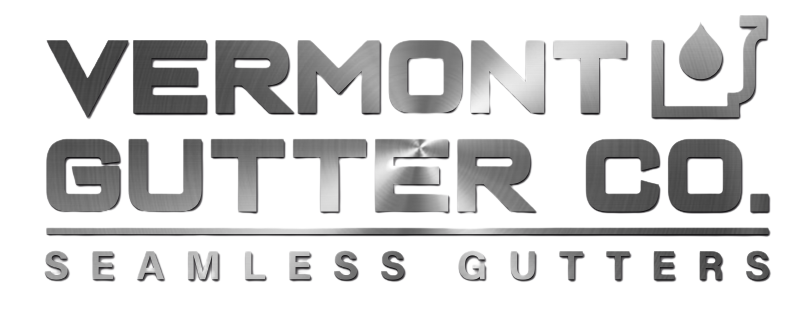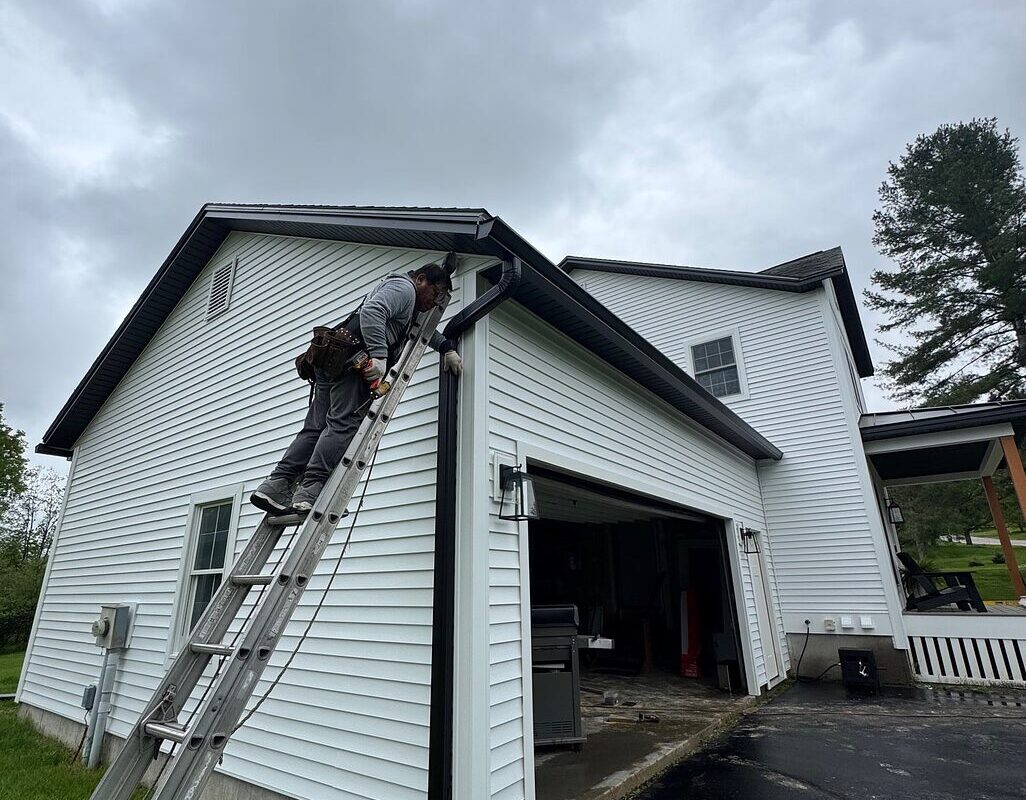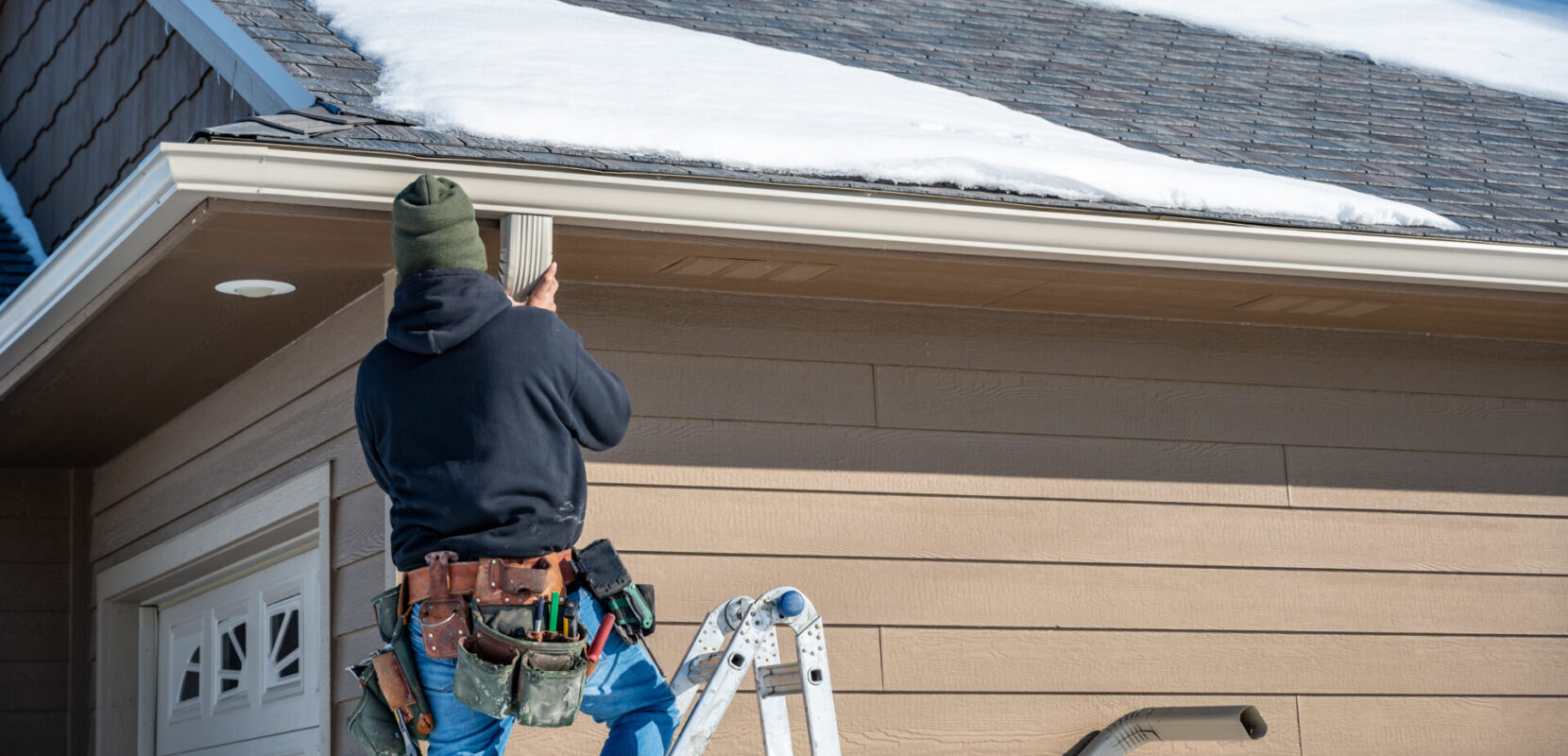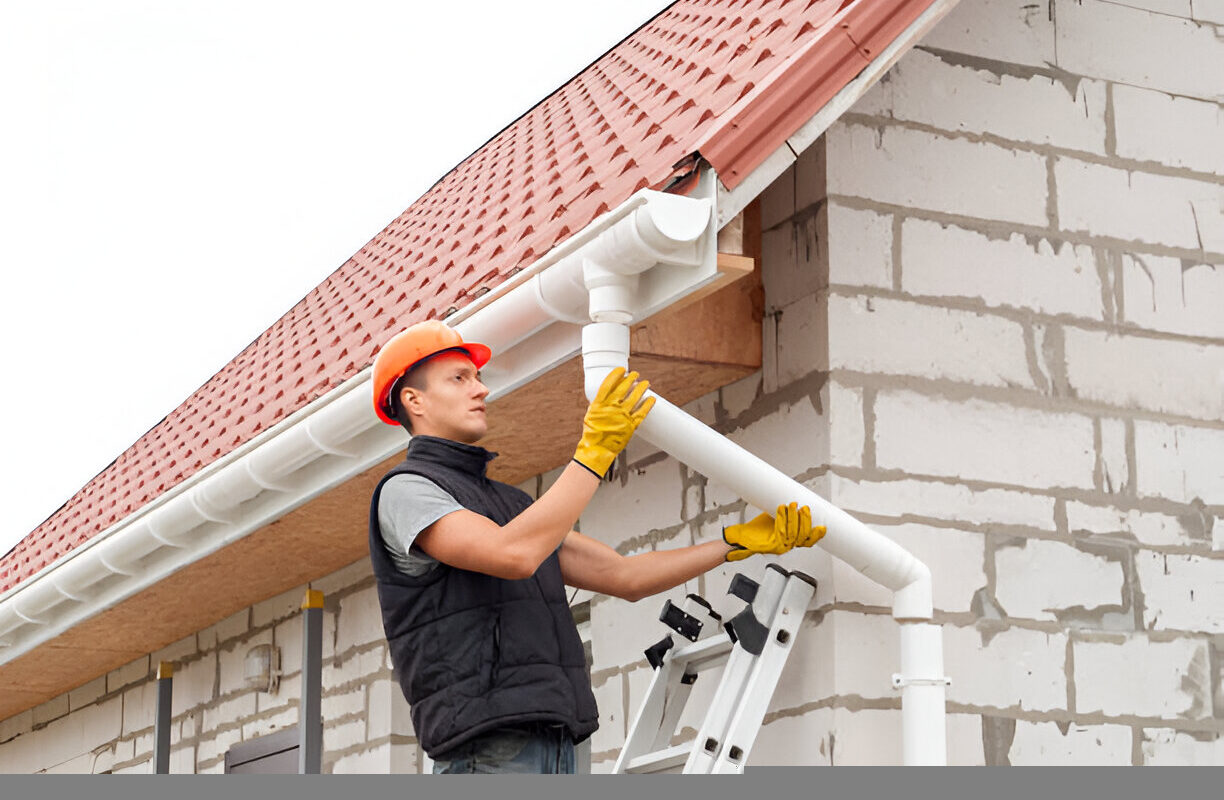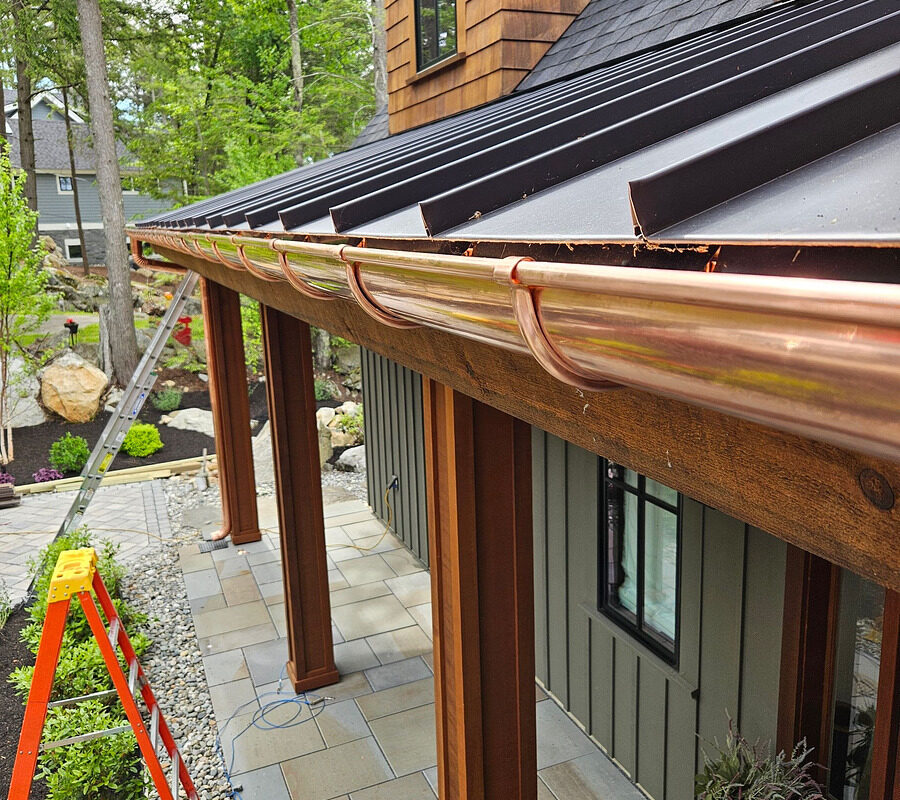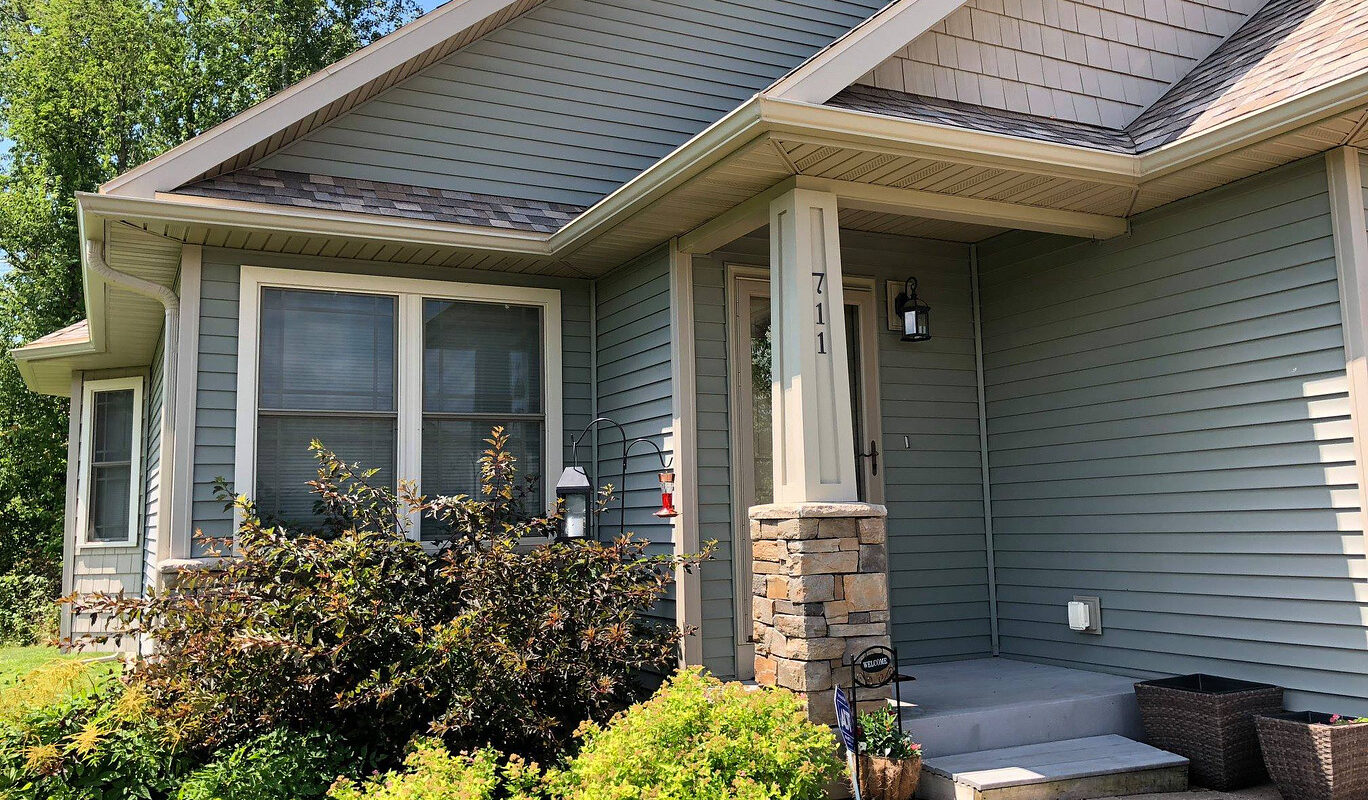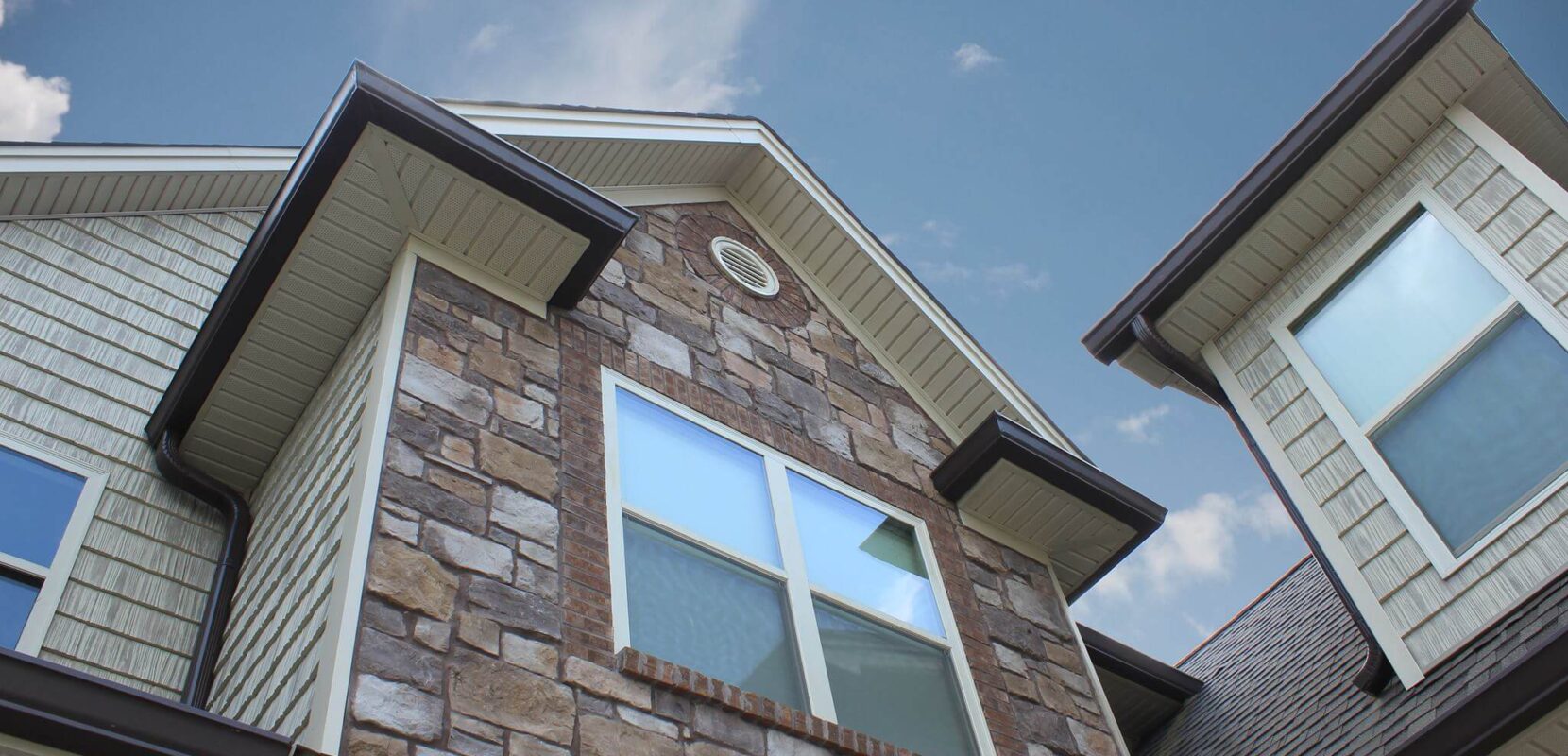Vermont weather is famously unpredictable—heavy rain in the spring, long stretches of summer humidity, bright fall foliage, and snowstorms that can arrive as early as October. With constant seasonal changes and year-round moisture, your home’s gutter system plays a critical role in protecting your property from costly water damage.
At Vermont Gutter Company, we specialize in seamless gutter installations built to handle Vermont’s unique climate. Whether you live in Williston, Shelburne, Burlington, Colchester, or anywhere across the state, a dependable gutter system is one of the most important defenses your home has.
Why Gutters Are Essential for Vermont Homes
1. Preventing Foundation Damage
Vermont’s freeze-thaw cycle can be brutal. If water isn’t properly directed away from your home, it seeps into the soil around your foundation and freezes, causing cracks, structural issues, and expensive repairs.
A properly installed seamless gutter system channels water safely away from your home, preventing erosion and long-term foundation problems.
2. Protecting Siding and Trim
Clogged or failing gutters spill water over the sides, leading to rot, mold growth, and staining on your siding and fascia boards. Quality gutters keep your home’s exterior protected and looking its best.
3. Preventing Basement Flooding
Vermont homes—especially older ones—are particularly prone to basement moisture. Clean, functioning gutters can drastically reduce the chances of water pooling around your home and leaking inside.
4. Managing Snow and Ice
Winter in Vermont brings heavy snow loads and ice dams. Seamless gutters combined with proper downspout placement help manage snowmelt and reduce the risk of ice buildup along your roofline.
Why Choose Seamless Gutters?
At Vermont Gutter Company, we install custom seamless gutters manufactured on-site for a perfect fit. Seamless gutters offer several advantages:
- Fewer leaks
- Better durability
- Clean, modern appearance
- Lower maintenance
- Longer lifespan
Every job is tailored to your home’s exact dimensions for maximum performance.
Do You Need New Gutters? Key Signs to Look For
Homeowners across Vermont often contact us after noticing:
Overflowing gutters, Sagging or pulling away from the house, Peeling paint or rotting wood, Water pooling near the foundation, Stains on siding, Frequent clogs even after cleaning, Ice dams forming each winter. If you see any of these signs, it may be time to consider replacement.
Gutter Guard Systems: A Smart Upgrade for Vermont Homes
With so many leaves, pine needles, and debris in our region, gutter guards are becoming one of the most valuable upgrades for homeowners. Gutter guards:
- Reduce maintenance
- Prevent clogs
- Improve water flow
- Minimize ice buildup
- Extend gutter lifespan
- We offer several guard options designed to work perfectly with Vermont’s climate.
- Why Homeowners Trust Vermont Gutter Company
- We are proud to be a locally owned and operated Vermont business. Homeowners choose us because
- We use high-quality materials made to last
- Every installation is custom fabricated
- Our team is experienced, reliable, and professional
- We focus on safety, precision, and long-term performance
- We stand behind our work
- From small homes to large properties, we bring the same level of care to every job.
Get a Free Estimate Today
Whether you need new seamless gutters, gutter guards, or a replacement system, Vermont Gutter Company is here to help you protect your home year-round.
Contact us today to schedule your free estimate and keep your home safe through every Vermont season.

